 [ This article appeared almost a year ago at OpEdNews and Dissident Voice. It was written before Jeff Bezos divorced his wife, MacKenzie, after 25 years of marriage. While the final settlement affects his total net worth, the important calculations and the overall thrust of the article are still solid. Wealth inequality of this level is a grotesque, socially destructive artifact of capitalism. I think I was able to capture the scale of Mr. Bezos’s wealth and mind-numbing callousness to his employees and the country which has been instrumental in helping him build his empire. Mr. Bezos had better hope that the “camel through the eye of a needle” warning was just the mad ravings of a smelly proto-hippie wandering in the desert way back a couple millennia ago. ]
[ This article appeared almost a year ago at OpEdNews and Dissident Voice. It was written before Jeff Bezos divorced his wife, MacKenzie, after 25 years of marriage. While the final settlement affects his total net worth, the important calculations and the overall thrust of the article are still solid. Wealth inequality of this level is a grotesque, socially destructive artifact of capitalism. I think I was able to capture the scale of Mr. Bezos’s wealth and mind-numbing callousness to his employees and the country which has been instrumental in helping him build his empire. Mr. Bezos had better hope that the “camel through the eye of a needle” warning was just the mad ravings of a smelly proto-hippie wandering in the desert way back a couple millennia ago. ]
Obviously the above pie chart is a put-on. It is well-documented that working conditions for most employees of Amazon are abysmal, dehumanizing, bordering on the abuse we normally associate with slavery.
Moreover, the median employee’s salary under Jeff Bezos’ imperial lordship is $28,446. No one working a regular job there has paid off their credit cards and is driving to work in a Mercedes.
Jeff Bezos is referred to as The Richest Man in the World and his personal fortune, while growing by $191,000 each minute, is currently estimated at $168 billion.
So “$28,446 vs. $168,000,000,000? While I can acknowledge the simple math, I find the contrast of such numbers on a gut level difficult to grasp.
To get a handle on such inequality, let’s try approaching it from different angles.
One way to put the disparity into perspective is to recognize it takes Bezos just under nine seconds to earn what Amazon’s median worker does in an entire year.
Another is to recognize that for a worker to go through Jeff Bezos’ current personal fortune — and of course, it continues mounting at accelerating levels as I write this — at his/her current median annual income of $28,446 per year, WOULD TAKE 5,905,927 YEARS! That’s close to 6 million years!
For Jeff Bezos himself to go through his current $168 billion, assuming his earnings stopped dead this very moment — which as you and I know they won’t — SPENDING $1,000,000 A DAY, would take NEARLY 460 years. Yes, even spending $1 million a day, in the year 2475 he’d still have plenty of cash, tens of million of dollars mad money. We can feel confident that he wouldn’t be foraging through the dumpster behind 7-11.
Now, further consider that while the $28,446 median salary is above the national poverty line for a single individual if that person is the sole breadwinner for a family of four, it is marginally above it, which is why many Amazon employees must rely on government assistance to keep from starving.
As well as calculation, I did some speculation — a simple exercise in imagination.
Apparently Bezos’ wealth generating machine is raking it in so fast, he’s currently making $11.5 million per hour … every hour … 24 hours a day … seven days a week. $11,500,000 per hour!
So here’s what I was picturing in my mind’s eye …
If for 40 hours of the 168 hours in a week, Bezos were willing to scrape by on a mere $5,840,000 per hour, he could give every one of his 566,000 Amazon employees a $10 per hour raise. Of course the remaining 128 hours in each week, Bezos could continue earning his normal $11.5 million per hour, not having to share any of it with the pathetic slobs who work for him.
Rhetorical question: Does Jeff Bezos have any concept of what that $10 per hour increase would mean to his employees?
I’m not going to even suggest here I’m offering this for Bezos to entertain. There are so many advantages to him both as a putative member of the human race and the employer of over a half million workers — advantages that are so OBVIOUS — if they haven’t occurred to him by now, then his brain functions in ways beyond my understanding. For one thing, he could point to his new fig leaf of “generosity” and ask people to stop calling him a selfish prick. Second, Amazon employees I’m sure would respond to his largesse with greater company loyalty and increased tolerance for his onerous working conditions. And he’d still be the richest SOB on the block and could mock the pauperish Bill Gates and Warren Buffett as pitiable wannabees.
Consider . . .
The most poorly paid Amazon employee now makes $12 per hour. The $10 per hour raise I proposed would boost those $12 per hour workers right up there with Costco employees, who make an average of $21 per hour. And with the across-the-board $10 per hour increase, Bezos’ higher paid employees would be earning among the finest wages in the world provided by a major corporation.
And by golly, there’s a plus side to the plus side . . .
Bezos’s bold and gracious gesture would result in a public relations coup of cosmic proportions! Amazon would no longer be demonized — well, not quite as much — by us bleeding-heart lefties as a capitalistic scourge and one-way ticket to Hell for the future of mankind, even if its environmental record is appalling and its business model generally the stuff of steroid-laced neo-feudalism.
Granted, Bezos would have to do some belt-tightening. He’d have to watch his pennies but could probably manage it, eh? Maybe he could skip a couple meals and do some of his own weeding at his estate. After all, after lavishing the $10 per hour raise on all of his employees, he’d only be pulling in $1,705,600,000 per week. I know I know! Like me you’re probably getting all teary-eyed for the poor guy.
Let me get to the extremely anti-climactic conclusion of this lament qua analysis.
Since nothing will change until the system itself changes, meaning the one in place now that creates, incentivizes, and lionizes the obscenely wealthy — reference current holder of the Office of President of the United States of America — I can only recommend this …
We have been labeling Jeff Bezos as ‘The Richest Man in the World’. Yet, quite honestly I don’t personally know any human, man or woman, who behaves like this gluttonous chunk of self-indulgent meat. It actually makes me nauseous to think we’re members of the same species.
Thus, from now on let’s use the correct terminology.
Let’s call Jeff Bezos what he really is . . .
THE RICHEST SOCIOPATH IN THE WORLD.
We could probably order bumper stickers to help correct the record . . . from Amazon, of course.

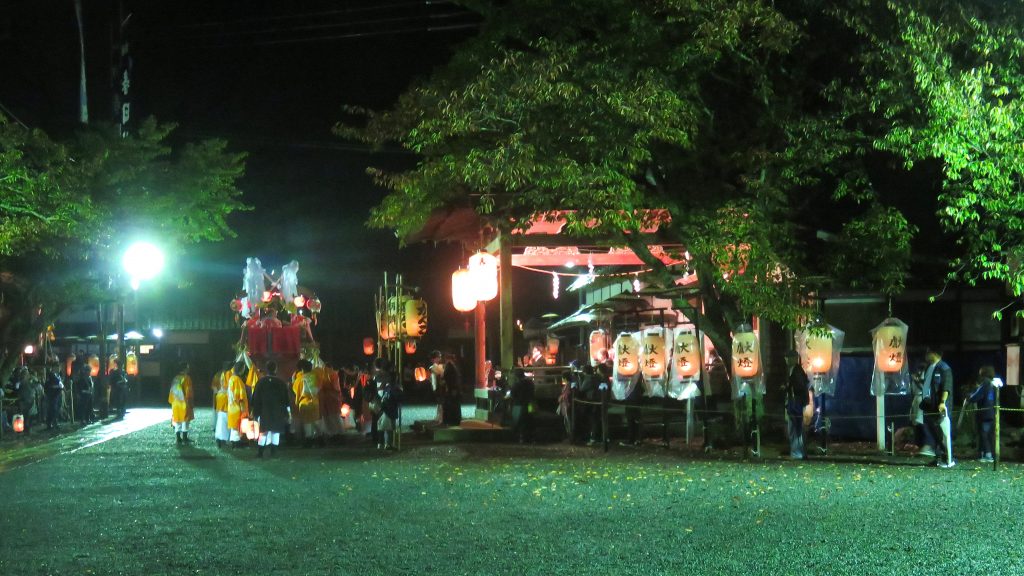
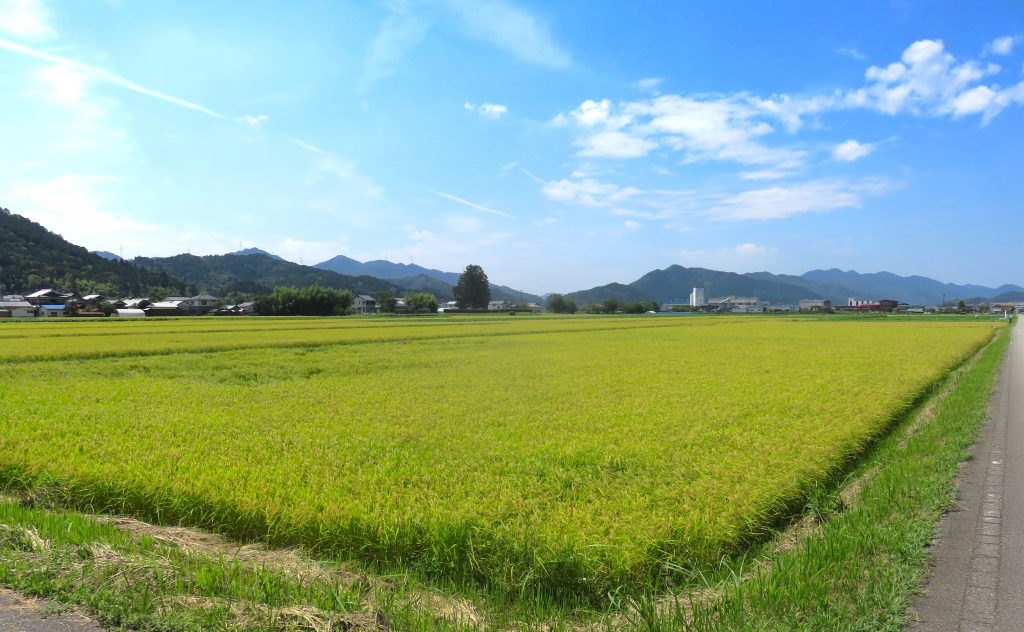
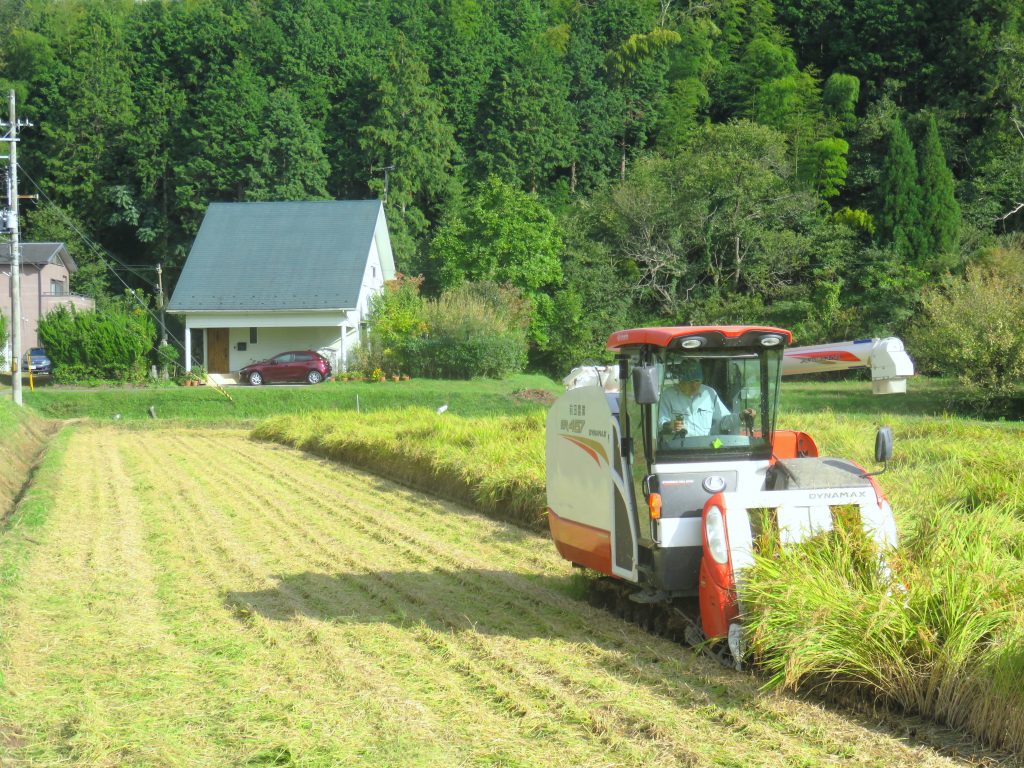





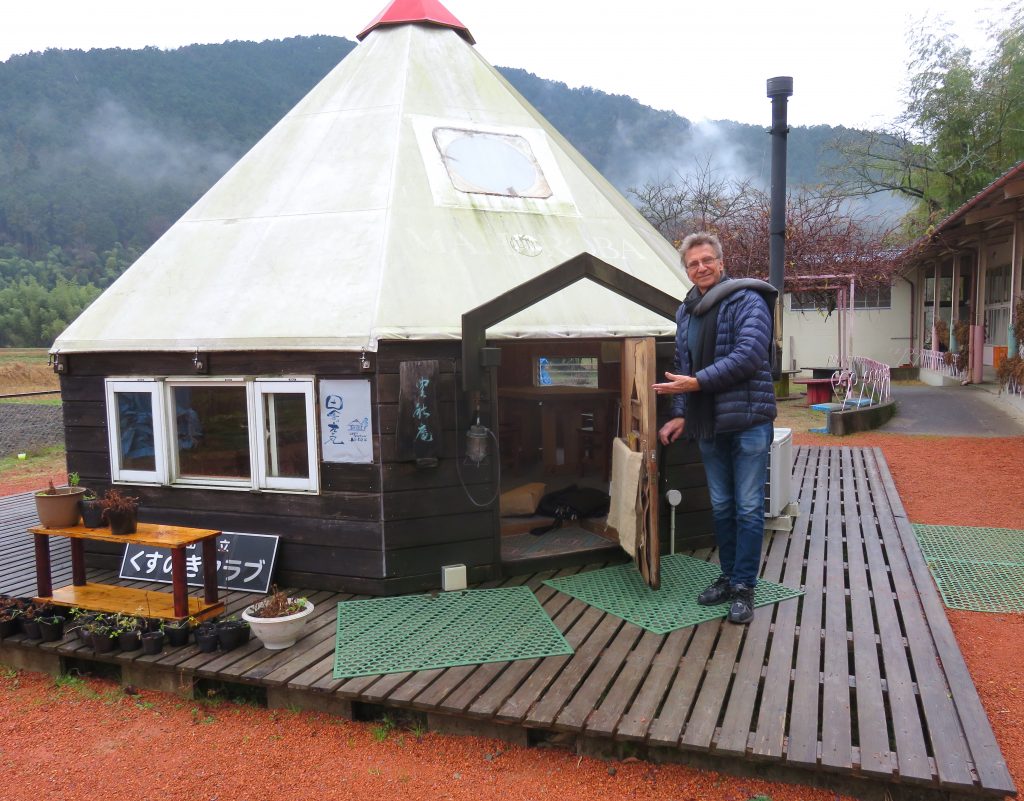
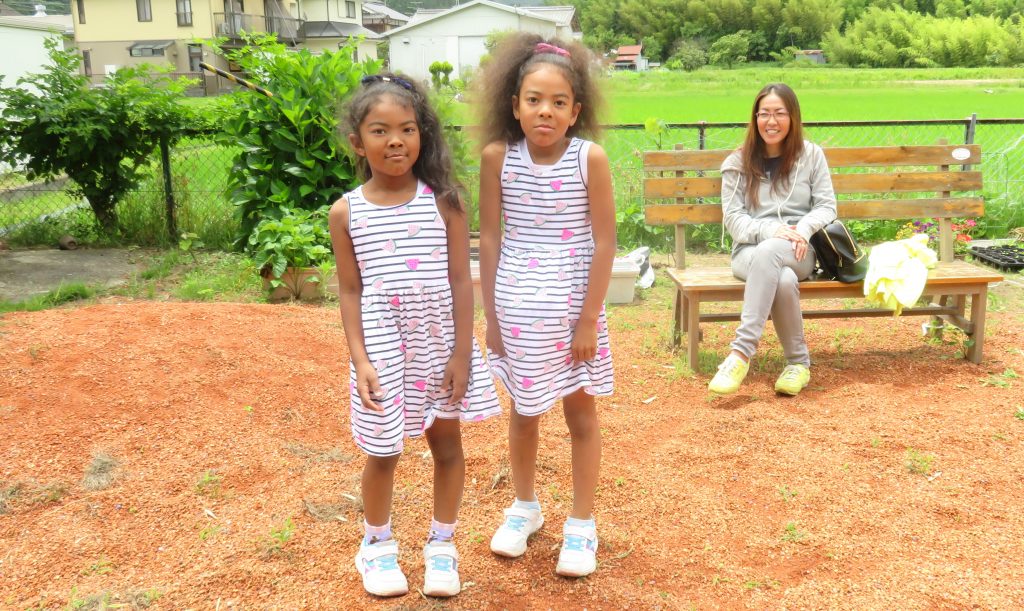
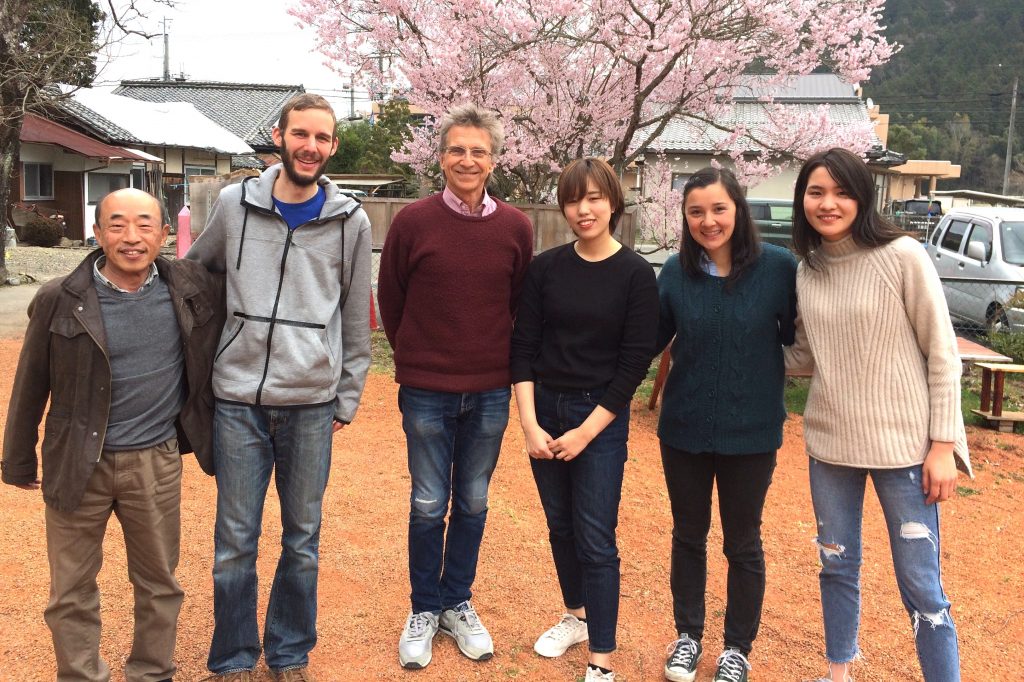





Life In Japan: Annual Neighborhood Curry and Bingo Party
Curry is of course from India. But the Japanese put their own spin on it and have come up with quite a few of their own variations, some spicy — but not that spicy — some mild, all quite delicious, at least to this Westerners palate. Curry is extremely easy to prepare and is a very common everyday dish, one served at school lunches, outdoor markets, festivals and other social gatherings, restaurants, certainly at home for evening dinner. Curry here is always served with rice. Here we only use homegrown local product, often grown and harvested by the very people in my immediate community.
Bingo I assume was imported from the U.S. — though it’s roots are in Europe — and is quite the rage here. When I used it as a teaching tool for my English students, it made sense. Match pictures and words. Build a vocabulary while learning to “hear” English.
Every year our village of Noma has their curry-bingo party in November. Last year I won some kitchen utensils and two years ago a kite. I can feel your envy across the vast stretch of cyberspace!
There is so much community here in Japan, at least where I live. Maybe this isn’t the case in the big cities, but certainly here, the folks living in Noma, the neighborhood community on the eastern edge of the city I reside in, get together regularly and work on some project, celebrate a holiday, hold a ceremony, or just have a good time. It’s very charming! More importantly, because of all of these social affairs, I feel like I belong here, as a member of an extended family. The regular socializing also gives everyone a stake in keeping the neighborhood safe, clean, wholesome. Friendly smiles and greetings are the norm.
I say sometimes I feel like I’m living in a fairy tale. But maybe what I have is just the comfortable, civilized way things should be for everyone everywhere. Life’s not just singing solo. A little harmony greatly improves the song and the rhythm of life.